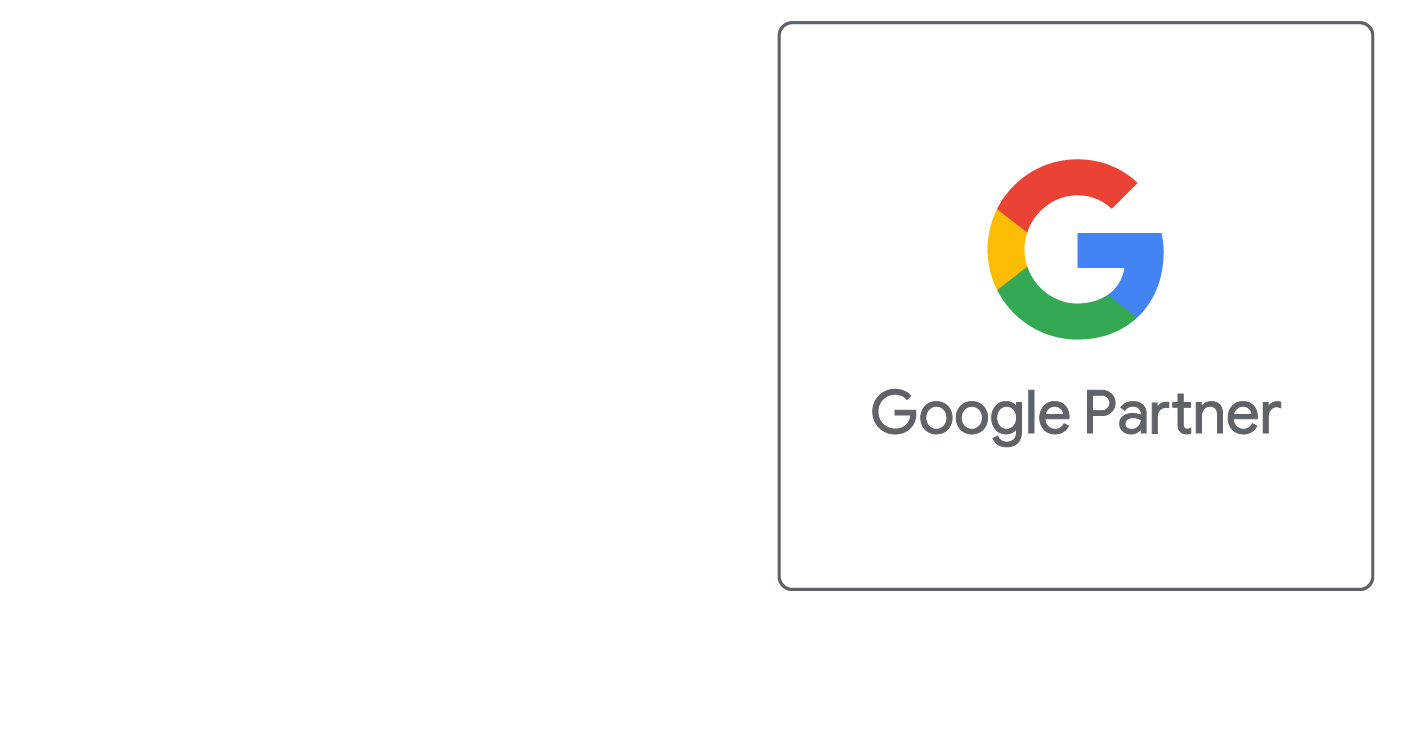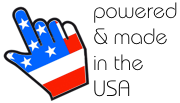Most people today have heard the terms "Keyword" & "Description" meta tags.
However, the understanding and importance of these meta tags is often misunderstood by many developers and misrepresented by many SEO (Search Engine Optimization) companies.
The goal here is to help in comprehending these two terms and how each affects website rankings in search engines.
Keyword Meta Tag
First, What is the "Keyword" Meta Tag?
The Keyword meta tag is a hidden tag in the website coding that tells search engine robots what information to expect in the content of the website. This Tag is not visible to visitors or customers of the website unless someone knows how to view the website source code. (Right-click and choose "View Source Code" on any white space of a web page.)
How to Properly Use the "Keyword" Meta Tag
Google and most major search engines use this tag as a guide to index what a website is about and what type of information visitors can expect when arriving at the website.
Many Natural/Organic Optimization experts agree that because search engines read all of the website content, and index it accordingly, the Keyword meta tag is not absolutely necessary (content is most important).
However, nearly all also agree that the mis-use of the Keyword meta tag can hurt website ranking; while correct use may give a website the edge it needs to appear before the competition in search results.
In addition, there are some black hat SEO tricks, such as stuffing keywords and phrases into the keyword meta tag.
It is not a good practice to do anything potentially deceitful when it comes to SEO.
While some black hat SEO tricks won't get a site banned, most result in sites receiving a lower score, as well as lower ranking in search engines.
For those wanting to use the Keyword meta tag in an attempt to optimize a website, there are several recommendations to follow:
- Separate keywords or phrases by commas.
- Only use keywords or phrases directly related to the website content on that page.
- If the keyword does not appear in the content of the website's page text, then it should not appear in the Keyword meta tag for that page.
- Only use a keyword once in the meta tag regardless if it is used multiple times in the content (the keyword is only an index).
- Using a keyword more than once in the meta tag can be considered a form of spamming to some search engines.
- Put the most relevant keywords at the beginning of the list, preferably in the top 5.
- Listing more than 20 keywords is often considered irrelevant, and anything more than 20 is thought to be ignored by the search engine spiders.
The following is an example of correct usage:
keyword1, keyword2, keyword3 phrase, keyword4, keyword5,
and so on...
For a real-life example, envision a Portland, Oregon based residential home construction company. The following is an example of incorrect usage:
construction, home construction, residential construction, Portland residential construction, Portland home construction
If one is to follow the recommended guideline for the Keyword meta tag, the keywords and phrases would appear as follows:
construction, home, residential, Portland, Oregon
Following the above guidelines to develop the Keyword meta tag will ensure accurate indexing of the website by search engines.
Keyword meta tags are not considered the ultimate avenue to top ranking in search engines (relevant content is most important). However, making sure the website gets properly indexed may give that site an edge to improve its ranking over other sites that are not search engine optimized.
Description Meta Tag
What is the "Description" Meta Tag?
The Description meta tag is another hidden tag in the coding of the website. The purpose of this tag is to give a brief description of the web page in human readable format.
Most search engines display the exact verbiage used in the Description meta tag when displaying search results related to the website Keywords.
Thus the description that users see in search results, is often pulled directly from the Description meta tag for that page.
How to Create a Proper "Description" Meta Tag
Since the Description meta tag is used as the "summary" of that webpage in search results, it's important to follow several guidelines when developing this description:
- Above all the description should be in human readable format.
- The Description meta tag should consist of 1-2 sentences describing the web page.
- These couple sentences should be brief and to the point, summarizing specifically what the page is about.
- The description should utilize, on average, the top five keywords or phrases as portrayed in the Keyword meta tag.
- The description should only refer to information contained within the content of the web page.
- If there is no information related to a subject or keyword, then it should not be in the Description meta tag.
Example:
Company XYZ offers services in the areas of keyword1, keyword2 and can also assist you with keyword3, keyword4 and keyword5.
With a proper, and easy to understand description, people will be more likely to click through on the search result for a webpage.
It is possible to come up in searches without following the above guidelines. However, if people don't understand the description of a website when viewing the search results, they may move on and go to the next search result.
Keyword & Description Meta Tags Summary
With or without the Keyword & Description meta tags, a website can be found in search engines because search engines index entire websites and its content (text, images).
However, properly utilizing the Keyword & Description meta tags may help give a website the edge it needs to move ahead of the competition in search engine results.
As well, proper use of the Description meta tag can help search engine result conversion (actually get people to click on the search result listing to go to the website,) versus the user moving on to a competitor's listing because they don't understand what the description means.













